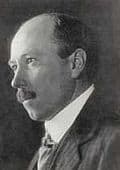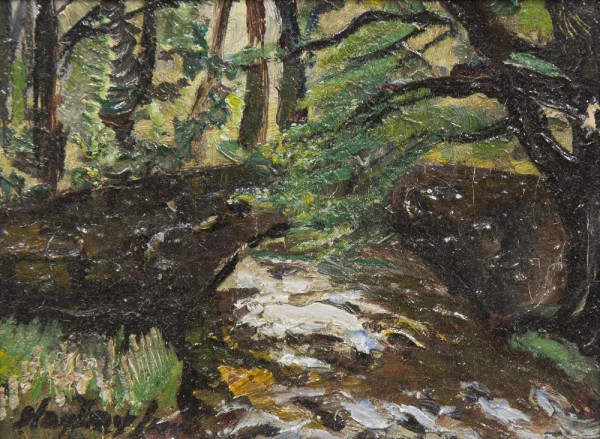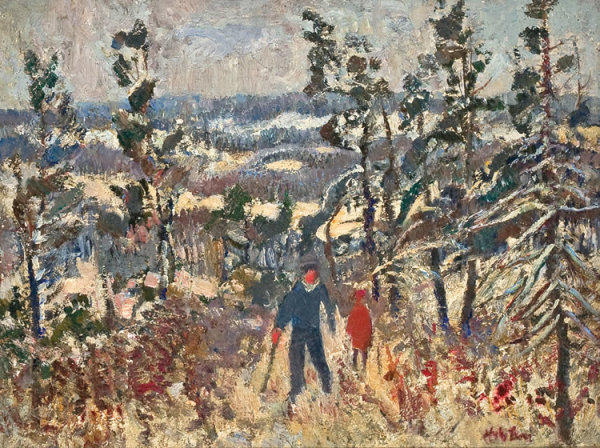
-
Artist: Richard Hayley Lever (American (born in Australia), 1876-1958)
(Richard) Hayley Lever
“Hayley Lever was born on September 28, 1875 in Bowden Tannery, a suburb of Adelaide, Australia.[5] The son of Albion W. Lever and his wife, Catherine (Hayley) Lever, he was christened Richard, but as a professional artist he used his second and last names only.
Lever attended Adelaide's Prince Alfred College from 1883 to 1891, during which time he received drawing lessons from the marine painter, James Ashton. As a boy, he loved to watch incoming clipper ships at the port of Adelaide, an experience that influenced his later penchant for maritime themes. Upon graduating from Prince Alfred College, he took classes with Ashton at the Norwood Art School and later attended Ashton's Academy of Art in Adelaide. During these years, Lever spent his free time painting and sketching in the local countryside, exhibiting his work at the Adelaide Easel Club and at other local venues. His interest in painting outdoors was likely influenced, to some extent, by the achievements of artists such as Tom Roberts, Charles Conder and other painters of the so-called "Heidelberg School," who introduced the tenets of Impressionism and pleinairism to Australian art during the late 1880s and early 1890s” (1).
“[H]e made the voyage to England in 1893. After studying art in London for a time, he settled into an artists’ colony on the seacoast at St. Ives in Cornwall in 1900. There he began his seascape painting” (2).
“Upon moving to New York City in 1911, Lever developed a prosperous career and reputation, and obtained citizenship. He painted a number of scenes of Manhattan” (2).
“It was Ernest Lawson who coaxed his friend into immigrating to America, where he remained for the rest of his life” (3 website).
“Solo exhibitions at Rochester's Memorial Art Gallery and the Syracuse Museum of Fine Arts in 1914--as well as regular participation in exhibitions at the National Academy of Design and at the Macbeth, Milch and Daniel galleries in New York--helped secure Lever's high ranking in the American art world. Critics and commentators who were sympathetic to modern art also helped propel him into the spotlight, among them Christian Brinton, an internationally renowned writer who identified Lever as a painter who eschewed orthodox Impressionism in favor of more unconventional artistic models,[9] and Catherine Beach Ely, a critic for Art in America who praised Lever's interest in conveying movement” (1).
“He later opened a summer studio in Gloucester, Massachusetts that he would keep for years to come. From 1919 to 1931, he taught at the Art Students League in New York City and entered many exhibitions” (2).
“In 1954, Lever was admitted into Crestview Hall, a nursing home in Mount Vernon. He died at Mount Vernon Hospital on December 6, 1958, leaving behind a legacy of oils, watercolors, drawings and etchings. (1).
Reference:
1.
Spanierman Gallery. Hayley Lever [internet]. [cited 2015 May 28]. Available from: http://www.askart.com/artist_bio/Hayley_Lever/23870/Hayley_Lever.aspx
2.
Zellman, MD. 300 Years of American Art. New Jersey: The Wellfleet Press; 1987.
3.
McDougall Fine Arts Galleries. Hayley Lever [internet]. 2007 [cited 2015 May 28]. Available from: http://mcdougallfinearts.com/artists/Hayley-Lever/biography.aspx


